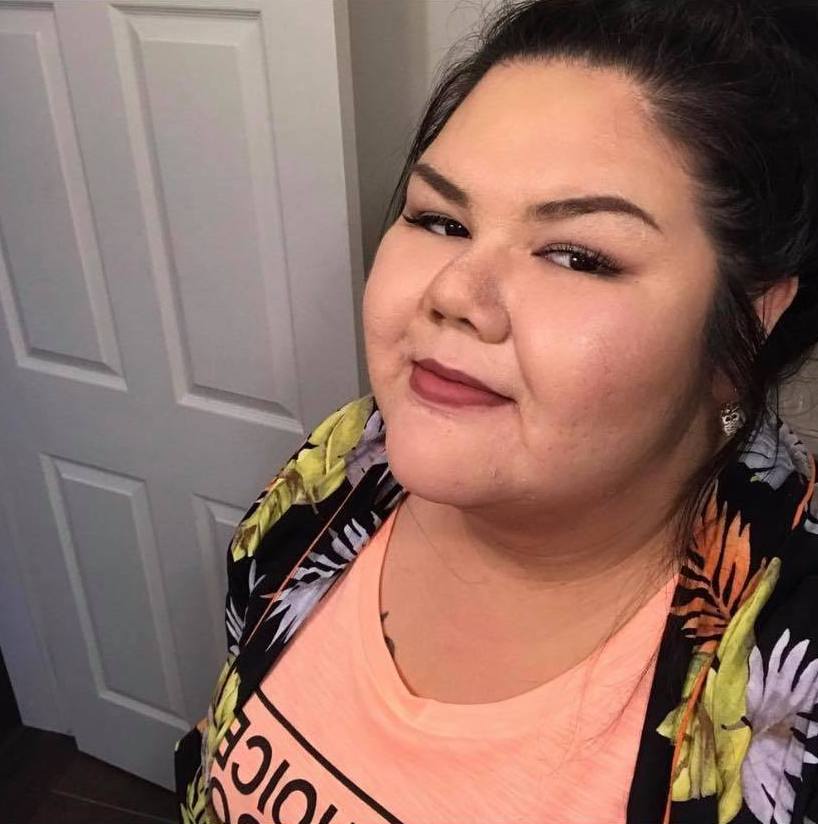With the lowest rate of confirmed Covid-19 cases in Quebec, Eeyou Istchee can be proud of its quick and comprehensive pandemic response. As we move into Phase 2 of the deconfinement plan, the Nation is looking at how healthcare teams and communities have responded to this unprecedented challenge.
“Everything happened so fast,” recalled Maïtée Labrecque-Saganash, who works for the Cree Health Board’s regional communications team. “We were neck deep in it not long after the World Health Organization announced there was a pandemic. I was happy our leadership took that very seriously and that everyone was working well together.”
Clear and consistent communications from Cree leadership has flowed regularly since mid-March from multiple channels. The CHB immediately launched a Covid-19 phone line and website, with frequent livestreams and radio broadcasts to present public safety information and stem rumours.
“We tried every tool in our box to make sure we would reach every age range possible,” Labrecque-Saganash told the Nation. “It’s always more difficult to reach the youth, so we worked with the Cree Youth Council. I made memes on the Cree Health Board page. We tried a lot of things and still do. It forced us to be creative but also deliver information really fast.”

Labrecque-Saganash has been busy adapting government communications for Cree audiences with the help of English and Cree translators. She also clarifies information for communications leads in each community, which have had in-depth meetings with public health director Dr. Faisca Richer to better understand deconfinement details.
“It gives them a little background, so they are empowered to be the main source of information in their community,” explained Labrecque-Saganash. “A lot of them go on the radio and answer community members’ questions. They’re the best to communicate with their own community, not only in terms of dialect but also to better address concerns.”
In Wemindji, a weekly radio show with the community lead, a local doctor and a psychosocial worker has been exploring various pandemic-related topics, such as addiction or youth initiatives. In the latter broadcast, callers were given prizes for asking the panelists questions.
Although many have adapted admirably to recent public health measures, it’s safe to say everyone is craving a return to normal times. Elders have been disconnected from their families, children are missing their friends and restrictions on gatherings have suppressed vital cultural ceremonies.
“My heart aches for everyone who lost someone they love during the pandemic,” said Labrecque-Saganash. “The protocols around burials and the church were really different. A lot of people are still suffering. I’ve heard teenagers in my own community say for once in their lives they miss school.”
Youth who have defiantly continued gatherings are being blamed for Mistissini’s reinstatement of a curfew bylaw on June 19, which had been lifted for two weeks. The bylaw restricting community members to their residences between 11:30 pm and 5 am has fuelled tensions between age groups.
“It seems like they’re still not listening or taking it seriously,” said Jeraldene Coon, Mistissini’s local lead for pandemic communications. “There was vandalism, breaking the windows in the public health. We noticed there were a lot of youth out there drinking – because of that, the curfew must be enforced again. People are mad at the youth, taking that freedom away.”
Coon is part of the local emergency operational committee, which also includes partners from the Cree School Board, the Cree Health Board and the band office. As communities transition to the next phase of deconfinement, the committee is responsible for reviewing recommendations from leadership to determine which services and organizations can safely reopen.

Dentistry has already reopened in Mistissini and all other non-essential healthcare services are now permitted to resume, according to local clinic capacity. All local businesses and public services can reopen if precautionary measures are respected. Outdoor social gatherings with up to five households and individual sports are also allowed.
“Supervised individual groups like yoga, individual training or boot camp are just starting,” Coon explained. “Non-contact sports with training mode only are limited to 10 people. They’re working on how they can get people physically active to run recreation programs. The beach was closed but they reopened it on June 20.”
Although the situation remains stable in Eeyou Istchee, its proximity to areas with a much less conservative approach to the pandemic means precautionary measures are as necessary as ever. Sudden changes to regions defined as areas of risk demonstrate how precarious the situation still is.
“When they opened Region 2 [Saguenay–Lac-Saint-Jean], it was safe for two days and then considered a high-risk zone,” Coon recounted. “That was really stressful. The same happened in the Abitibi region – for one week it was considered safe, now it’s not.”
With numerous nurses coming from outside the territory, these changes make an already complex situation even more challenging. Nurses coming from high-risk areas can complete seven days of isolation at home and another week of remote work when they arrive, monitoring their temperature until they’re safe to see clients.
“The clinic is always adapting to new changes,” explained Coon. “Our nurses are overworked – that’s the reality. Community members have to call before coming in – that part was stressful at the beginning, but people got used to it. The doors were locked for a while, but now they are reopened.”
To segregate patients with potential symptoms, clinic visitors are given a questionnaire to determine which door they can enter. If all answers are negative, they enter through door one to the green zone. Those with symptoms come through the main entrance or yellow door.
Clinics are limiting visits in-person by expanding tele-health services and making home pharmacy deliveries. In Mistissini and Waswanipi, information packages were delivered door-to-door to ensure clinics could correctly administer pre-triage. Clinic waiting rooms are cleaned frequently to minimize risk of infection.
“There was a lot of hard work for everyone,” said Labrecque-Saganash. “Everyone came together to make sure our communities were safe. A lot of stuff was new, like the masks and measures, but we’ve done a great job.”





